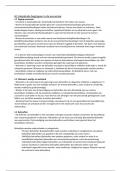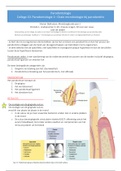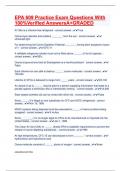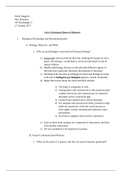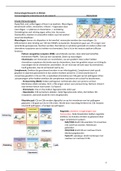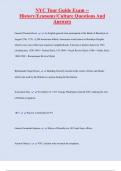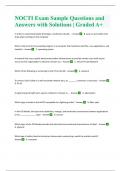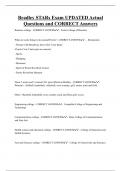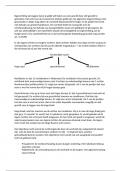Samenvatting
Samenvatting/Summary Maatschappij en Actualiteit in China
- Instelling
- Universiteit Gent (UGent)
De lessen werden in het Engels geschreven, dus daarom is mijn samenvatting ook in het Engels. Ik ben in alle lessen aanwezig geweest. Zie wel dat je naar de kaarten en al kijkt op de dia's want die zijn hier niet inbegrepen. Dit vak werd gegeven door Prof. Bart Dessein.
[Meer zien]




